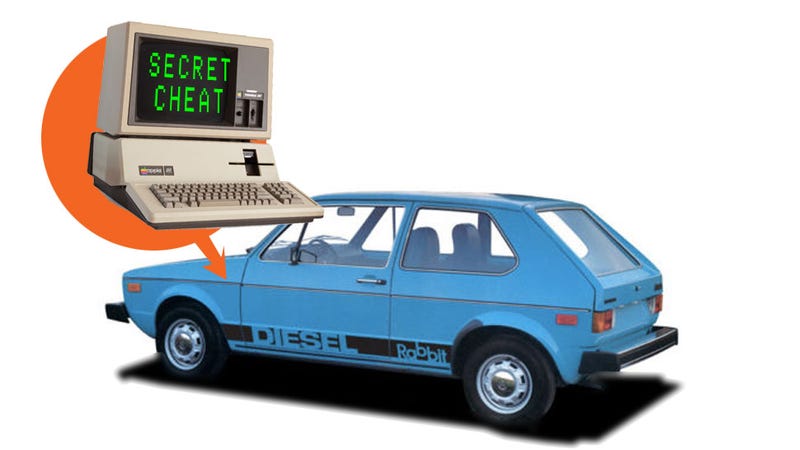Want to contribute to this article?
Automotive manufacturers are only too aware how design and development defects, production waste, and variation leads to increased costs, delays and compliance issues, compelling automotive manufacturers to focus on quality more than ever before.
Since 1999, ISO/TS 16949 has been firmly established as the global standard of quality in the automotive industry, harmonising automotive standards such as VDA 6.1, EAQF, AVSQ and QS-9000.
Now ISO/TS 16949 is being radically revised to ensure it meets modern needs, bringing with it questions and concerns over the new structure, documentation requirements and other changes required to conform to the new standard. If you are interested in reading more about the changes to the standard, please find some answers to your frequently answered questions below.
1) How will the structure of the standard change?
ISO/TS 16949:2009 is based on ISO 9001:2008 and refers to its clauses. However, ISO 9001:2015 is significantly different to the 2008 version and is also built around the new ISO Annex SL specification. It fits then that the revision of ISO/TS 16949 will align with the ISO 9001:2015 based structure and requirements.
2) How will our Certification Body audits change?
One of the changes to the standard is how sites will be audited. In 2014, the Certification Body Communique announced "One postal address, one certificate". This eliminated manufacturing site extensions from the CB audit.
However, key stakeholders have expressed concerns that this is causing too much of an emphasis on the physical address of a manufacturing site, rather than focusing on the quality management system. It has been reported that some suppliers are even allocating time and money to find workarounds to accomplish one physical address to avoid lots of duplicated audit preparation, audit execution and audit reporting.

This is being addressed by allowing certificates to be awarded to a 'single manufacturing site with extended manufacturing site(s).
Read more about these changes here.
3) What are the key dates for my diary?
Q3 2016: Supplier training for the International Automotive Task Force (IATF) QMS standard will be announced.
Q4 2016: The revised standard will be published
Q1 2017: The IATF will be offering Certification Body auditor training and testing materials for auditors.
14th September 2018: Deadline for upgrade to ISO/TS 16949:2016.
4) When can I transition?
You may transition during your next planned surveillance or recertification audit, or at any other time outside your normal surveillance audit cycle.

The audit will take the duration of a recertification audit and up to one additional day on-site. This extra time provides the Certification Body with an opportunity to review the changes made by the organisation to their quality management system to incorporate both ISO 9001:2015 and the revised automotive requirements.
5) How can I use EQMS for my transition to ISO 16949:2016?
When standards and regulations are updated, EQMS is particularly useful to evidence how and when you have implemented changes. For example, EQMS Document Manager enables you to communicate, control and evidence any change in processes, policies and procedures:
- Systematically review and update critical documentation employing full version control.
- Send notifications about updated documentation to relevant parties and let them know what they need to do and by what date.
- Use the workflow to make sure all changes follow your approval processes.
- Check all relevant stakeholders, including suppliers, have acknowledged the changes by checking your KPI dashboard.
This embeds compliance, minimises error and mitigates risk.
For more information about EQMS Document Manager, you will find all of the essential information on our datasheets. Download the datasheets here.








Share your thoughts on this article